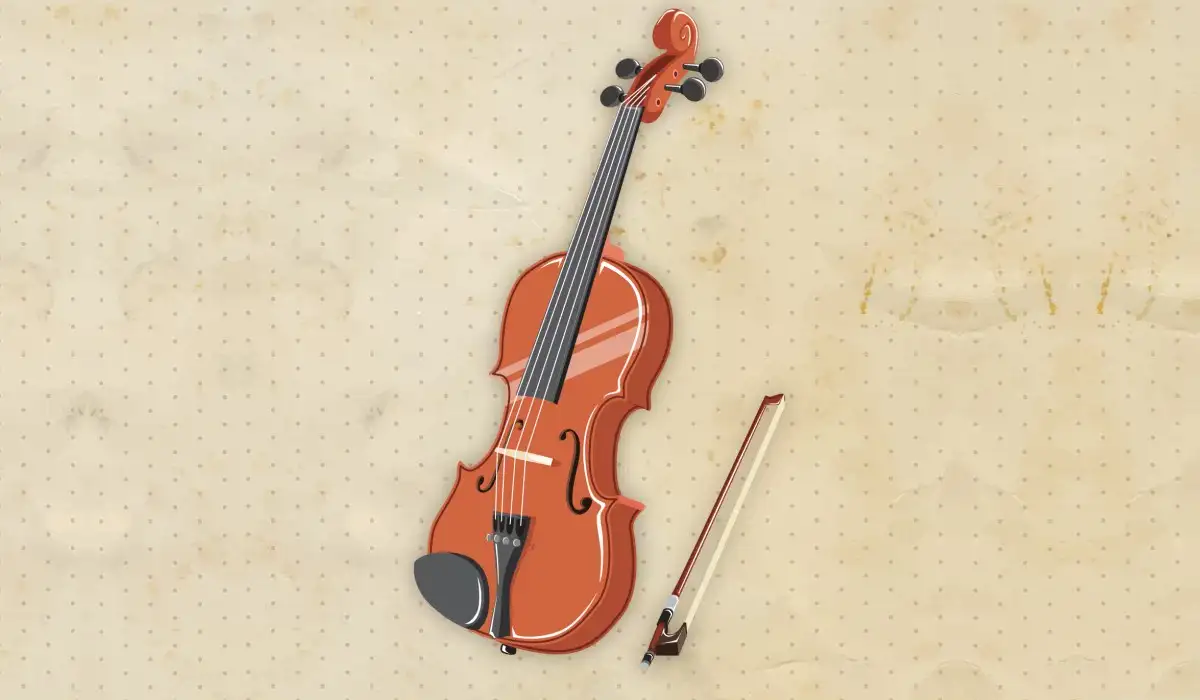Every year on December 13th, music enthusiasts around the globe celebrate National Violin Day. This special occasion is observed to honor the illustrious instrument known as the violin - beloved for its dynamic range and captivating sounds. The violin holds a significant place in our cultural and artistic history and has played an integral role in shaping music in various parts of the world.
From gracing orchestral performances to delivering breathtaking solo renditions, the violin creates a deep emotional connection with its audience. National Violin Day is a tribute to this magnificent instrument and its profound impact on our musical landscape.
History of National Violin Day
The violin emerged in Italy in the initial years of the 16th century. The earliest identified violin hails back to 1560, created by Andrea Amati, a respected Italian instrument maker. He is known for founding the Cremona school of violin crafting.
The violin truly reached its artistic perfection during the 17th and 18th centuries, by accomplished craftsmen such as Antonio Stradivari and Guiseppe Guarneri. The Stradivarius and Guarneri, their greatest works, are ranked among the most excellently crafted musical instruments in existence.
The influence of the violin extends across several music styles – from classical and jazz to bluegrass and country – and has significantly contributed to the evolution of Western orchestra and concert music. Inspirational violin virtuosos including Antonio Vivaldi, Niccolò Paganini, and in more recent times, Jascha Heifetz, Yehudi Menuhin, and Itzhak Perlman, have produced enduring and influential bodies of work that keep the violin’s spirit alive.
On National Violin Day, participants celebrate everything linked to the violin – from its fascinating history, the masters who crafted it, to its music.
National Violin Day Timeline
Violin in Italy
The violin emerges in northern Italy, particularly in Brescia and Cremona. Andrea Amati is considered the pioneer in the art of violin making.
Golden Age of Violin Making
Antonio Stradivari, Andrea Guarneri, and the Amati family all came out of this era, producing some of the finest violins in history.
Modern Violin
The modern violin emerges, with stronger construction to withstand the higher tension strings, which themselves were made possible by new manufacturing techniques.
Electric Violins
In the twentieth century, new technologies brought the inception and refinement of electric violins. These instruments allow for a wider range of sound possibilities.
National Violin Day
National Violin Day is celebrated to honour the instrument and its musicians.
Ideas to Celebrate National Violin Day
Violin Learning Workshop
Arrange a workshop where a professional violinist can teach basics to the beginners. This can be a fun and educational way to show appreciation and bring more people closer to the violin.
Screen a Violin-Themed Movie
Hold a movie night featuring films that include or are based on violins or violinists. This can also be followed by a discussion about the movie.
Create a Violin Art Exhibit
Organize an art exhibit featuring representations of violins in various forms like paintings, sculptures, etc. Artists can share their inspiration and interpretations regarding the violin.
Arrange a Violin Donation Drive
Lead a violin donation drive encouraging people to donate unused instruments to those in need. This can provide much-needed resources for aspiring musicians who might not otherwise afford them.
8 Interesting Facts About Violins
Origin of the Violin
The first true violins, as we recognize them today, were believed to have been made in Italy in the 16th century, particularly in the cities of Brescia and Cremona.
Most Expensive Violin Ever
The most expensive violin ever sold is the 'Vieuxtemps' Guarneri. It was sold to an unknown buyer for over $16 million in 2012.
Wood Matters
The quality of a violin is greatly influenced by the type of wood used. The top is typically made from spruce, while the back, sides and neck are usually made from maple.
The Oldest Surviving Violin
The oldest surviving violin in the world is the 'Charles IX' by Andrea Amati, made in Cremona in 1564.
Not Just for Classical Music
While violins are heavily associated with classical music, they are also commonly used in genres such as folk, bluegrass, jazz, rock and roll, and even electronic music.
It's A Full Body Workout
Playing the violin burns approximately 170 calories per hour, making it not only an artistic, but also a physical activity.
Most Difficult Instrument
Many consider the violin as one of the most difficult instruments to learn due to the precision and complexity of techniques required.
The Bow is Just as Important
A violin bow can be made up to 200 individual hairs, usually from a horse's tail. The creation of a bow is a craft in itself, and it can greatly affect the sound produced by the violin.
National Violin Day FAQs
Next National Violin Day Dates
| Year | Date | Day |
|---|---|---|
| 2023 | December 13th | Wednesday |
| 2024 | December 13th | Friday |
| 2025 | December 13th | Saturday |
| 2026 | December 13th | Sunday |
| 2027 | December 13th | Monday |
| What is the pattern? | Every December 13th | |
National Violin Day Word Search
- Violin
- Orchestra
- Music
- Strings
- Harmony
- Symphony
